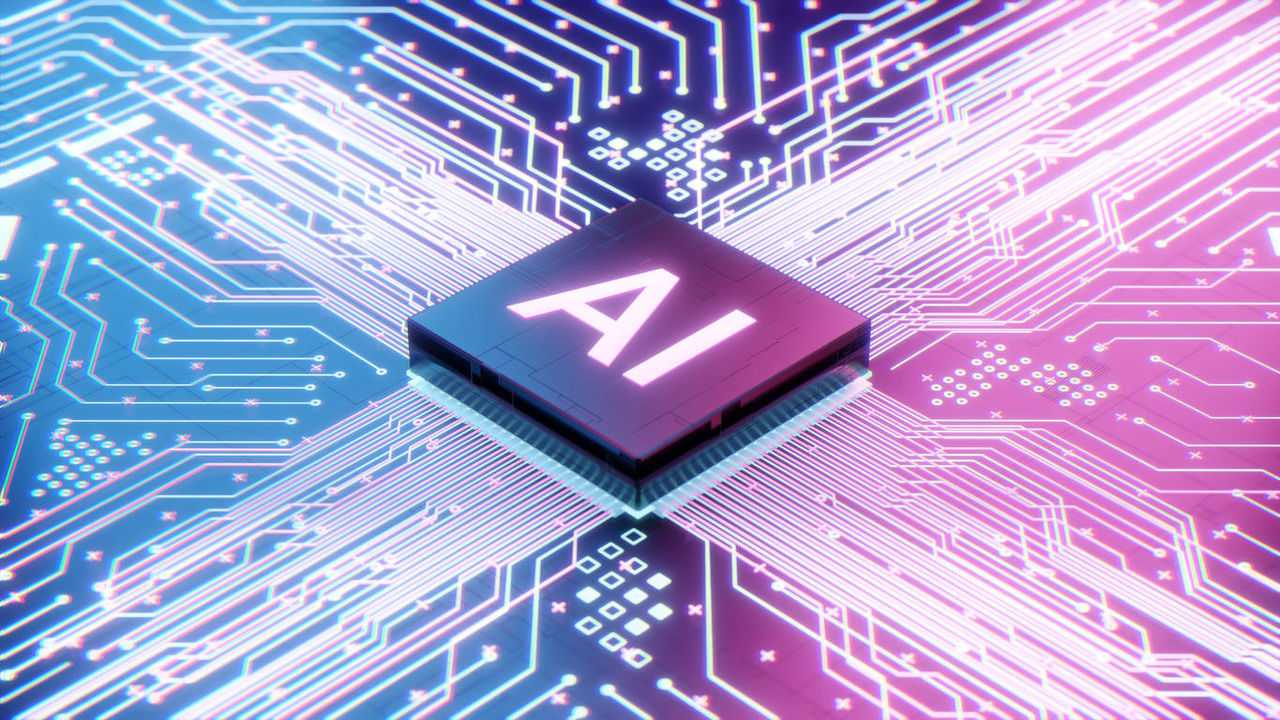Is AI Hiring Just Automating Bias and Filtering Top Talent?
Integrating artificial intelligence into a company’s hiring and recruiting processes is a growing trend in today's technology-led era. Leaders are increasingly adopting AI recruitment to scan resumes, conduct body language analysis, rank candidates based on tests or skills, and even conduct pre-interview prep in some cases.
Advocates of using AI in recruitment claim that algorithms can help eliminate biases and discrimination in hiring processes. However, the reality can be different. Often, eligible candidates may be inaccurately screened and filtered by AI hiring platforms because their algorithms replicate historical and institutional biases and predilections in training data. If automated hiring systems are implemented without rigorous auditing, these rooted systemic issues can make the entire AI hiring process unpredictable and often unreliable.
Business leaders must be aware of potential biases in AI-powered candidate assessment tools and devise ways to mitigate them at every hiring process step.
The Role Of AI In Hiring
Organizations seek to automate hiring primarily to improve efficiency, streamline the recruitment process, and reduce the associated costs to a large extent. AI-driven hiring tools are used across various stages of recruitment, including:
Pooling candidates: Predictive hiring technologies are key in advertising and notifying potential applicants about open positions, helping recruiters engage in proactive outreach. It involves using algorithmic ad platforms to position potential openings before candidates are most likely to click on them, helping organizations attract many applicants to vacant positions.
Resume screening: Once a talent pool is created, companies use AI-driven talent acquisition tools like chatbots, resume parsing software, and even machine learning-driven predictive analytics in hiring to shortlist resumes. AI resume screening considers predefined keywords, educational backgrounds, experience, and past screening data to find eligible candidates.
Automated interviews: Companies typically conduct in-person interviews after the initial screening process to gauge the candidate's personality, behavior, and communication skills. However, with technological advancements, many hiring managers now rely on AI, ML, and chatbots to conduct automated pre-selection interviews. Adopting advanced technological solutions helps recruiters reduce time and, purportedly, minimize human prejudice.
The Challenges Of Bias In AI Hiring
Since AI recruitment is still relatively new, recruiters and hiring managers may be uninitiated to the challenges its implementation can pose. While AI's potential to mitigate interpersonal bias is indispensable, hiring algorithms can introduce several other forms of bias, including
1. Historical bias in training sets
AI recruitment tools help predict eligible candidates based on specific, predefined parameters using algorithms trained on historical data. AI recommendations often reflect similar patterns that employers or HRs have been following in the past. For example, suppose a company has historically hired candidates with specific backgrounds, ethnicities, alma maters, etc.. In that case, AI may also give preference or a higher ranking to candidates aligning with these patterns. Hence, if the training data itself reflects implicit bias and predilections, AI decisions may be inaccurate or discriminatory by default, promoting inequality.
2. Keyword and language bias
Predictive analytics in hiring often prioritizes resumes with particular keywords. They may predict ‘successful’ candidates based on the presence of keywords or a company's preferred style of resume writing and formatting. This automated approach can lead to missed opportunities, where resumes that are not prepared according to a company's standards may be dismissed by AI due to a lack of human attention.
3. Bias in voice and face recognition
Hiring and recruiting require human skills like improvising conversation and focusing on social cues. Without human insights, voice and facial recognition software may show skewed results while interpreting body language, detecting emotion, and reading facial cues of candidates from diverse ethnic backgrounds. Over time, these automated systems can reinforce gender and racial stereotypes in the recruitment process.
4. Prevalent black box problem
The black box problem refers to humans' difficulties understanding how a particular AI model works. Today's workforces are largely multigenerational, and recruiters from older generations may lack the digital skills to keep up with the evolving nature of AI hiring platforms or accurately determine how algorithms shortlist candidates. To ensure oversight about this, it is necessary to train hiring managers proactively before upgrading to an AI-driven talent acquisition system.
Common Biased Selection Criteria In AI Recruitment
AI automation tools may end up excluding eligible and high-quality candidates based on a few rigid filtering criteria, like
Educational backgrounds: Due to historical bias, AI may prioritize candidates with a specific degree or university name on their resume. Such an oversight can lead to marginalized groups with different educational backgrounds or candidates with unconventional career paths to fall through the cracks.
Career breaks: Candidates who may have taken career breaks for genuine or valid reasons like caregiving, upskilling, or other personal commitments can get filtered if automated hiring platforms are trained to perceive career gaps as unfavorable.
Prioritizing traditional backgrounds: Candidates with non-traditional backgrounds, such as those with multiple career switches, different credentials, or self-taught skills, may get overlooked because of strict AI criteria.
How to Avoid AI Hiring Pitfalls?
To ensure that the decisions taken by AI are fair, companies must ensure the implementation of mindfully devised standards and regulations in AI recruitment:
Training data to be made diverse
Diverse data sets must be used to minimize implicit and institutional biases when training an AI recruitment model. This approach could potentially train AI hiring platforms to treat every candidate fairly while bypassing sexism, racism, or other forms of structural bias.
2. Testing and auditing AI for bias
Regular testing and auditing of AI systems are essential to maintain accountability and transparency in hiring practices. Organizations can engage third-party experts who specialize in AI to conduct thorough assessments of their hiring algorithms. Alternatively, they can empower their HR and recruitment teams with the knowledge and tools necessary to perform these audits internally. This proactive approach uncovers hidden biases and provides insights that can refine the AI systems. By documenting the auditing process, companies can build a framework of accountability that benefits both candidates, who can trust the process, and employers, who can refine their approach based on data-driven insights.
3. Ensuring human intervention
While AI technologies can streamline recruitment processes, the need for human intuition and ethical consideration cannot be overstated. Organizations should invest in training their recruitment teams to discern when to integrate AI-generated recommendations and when to rely on human judgment. For instance, if AI flags a candidate as a perfect fit based solely on predefined metrics, recruiters should be skilled at recognizing the importance of soft skills, cultural fit, and other nuanced factors that an algorithm might overlook. This balance ensures that candidates are evaluated holistically, fostering a more inclusive hiring atmosphere.
4. Leveraging structured processes
Instead of completely delegating hiring decisions to AI tools, companies can benefit from a hybrid approach that combines AI capabilities with structured, human-led assessment processes. For instance, implementing AI-driven candidate evaluation tools or structured interviews allows for consistent candidate comparisons while ensuring that human insight guides the decision-making process. This layered approach helps hiring teams focus on candidates' strengths and potential, enhancing predictive accuracy on future performance and fit within the organization. By documenting and standardizing these assessments, companies can create clear metrics for success while also allowing room for flexibility and human oversight.
Conclusion
AI recruitment tools are trained to identify and replicate patterns in user interactions (in this case, between employers and job seekers) and update algorithms dynamically. However, due to historical and systemic biases in training data, AI decisions can reflect similar patterns of bias and favoritism, harming diversity and inclusion efforts.
Therefore, recruiters and hiring managers who want to adopt automated hiring practices must periodically de-bias their algorithms. In this manner, employers may reap the advantages of streamlined efficiency and swiftness in shortlisting talent while keeping bias at bay.
Was this resource helpful?



